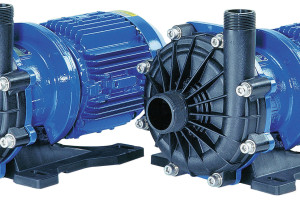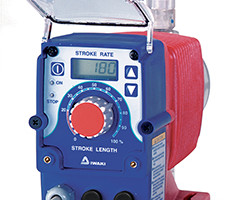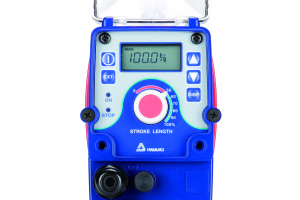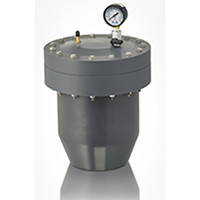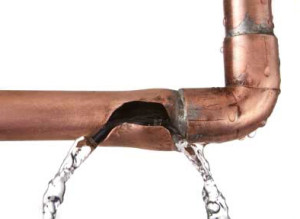Tech Talk: pH Electrode Operation & Replacement
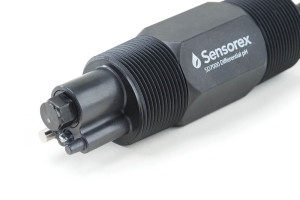
pH Electrode Basics 101
Design & Construction – pH electrodes are constructed from a special composition glass which senses the hydrogen ion concentration. This glass is typically composed of alkali metal ions. The alkali metal ions in the glass and the hydrogen ions in solution undergo an ion exchange reaction, generating a potential difference. In a combination pH electrode, the most widely used variety, there are actually two electrodes in one body.
